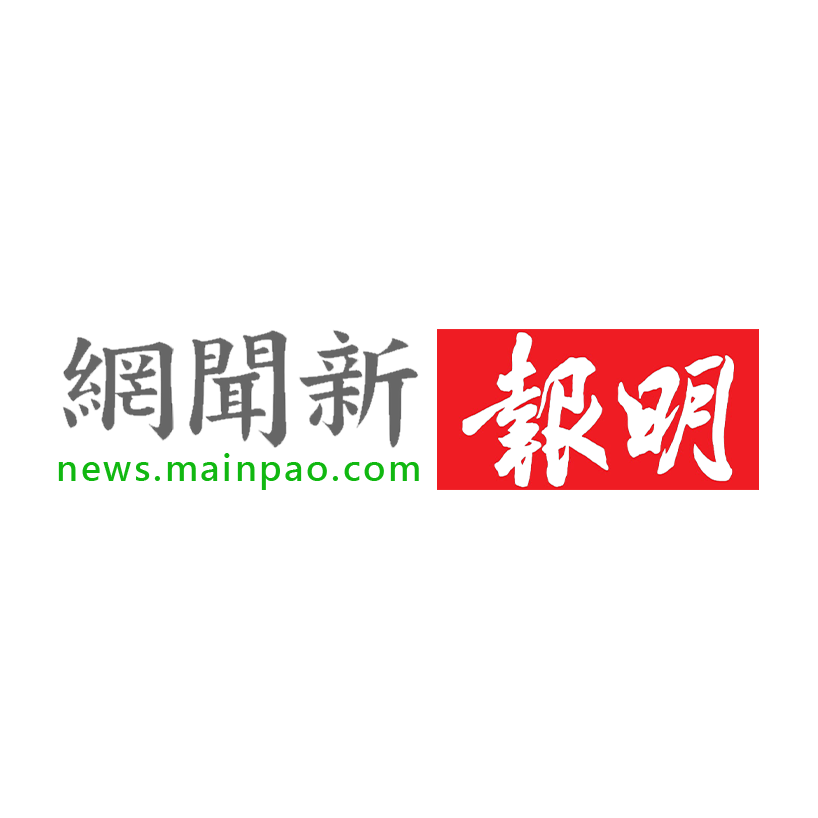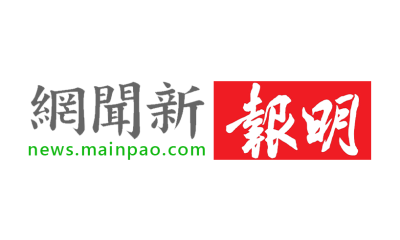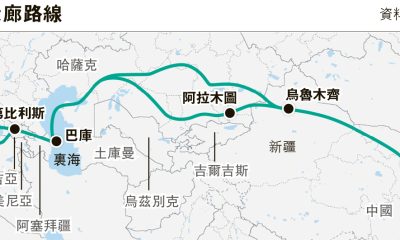觀點
Emil Avdaliani:Central Asia’s Pivot to The Middle East

【明報文章】Turkey and Iran are upping competition with larger powers in Central Asia amid the latter’s efforts to diversify its external relations.
Geography does not favor Central Asia. Enmeshed between China and Russia, these two countries have dominated Central Asia’s commercial, investment and security ties. But increasingly there is an opening emerging for other powers (Turkey, Iran, and the Gulf countries) to build closer ties with the region. The war in Ukraine provided the region with this much needed chance to diversify its foreign policy portfolio. External actors are after rare earth resources, new commercial routes as well as lucrative deals in the automotive industry.
While the US, the EU, or separate European countries such as Germany, France all are more of traditional actors scrambling to build closer commercial and investments ties with Central Asia, over the past year or so there has been a major shift in Central Asia’s relations with the Middle Eastern countries. Tighter commercial and investment ties are growing between Central Asian countries and the Gulf States is another example. In April Kazakhstan approved a major deal with the UAE’s Masdar to build a one-gigawatt wind power plant and a 300-megawatt energy storage system in the country. In May Kazakhstan and the UAE signed 22 agreements worth $5 billion. The calculus is clear – the region is being transformed into a trade hub and the Arab countries want to take part in it by linking Kazakhstan to the Middle East via the Caspian Sea and Iran.
Another country whose growing interest in Central Asia stands out is Turkey. A critical part of Turkey’s outreach to Central Asia is rooted in the idea of the Middle Corridor, which runs from Turkey and Georgia via the Caspian Sea and has over the past years seen significant expansion. For instance, in the first ten months of 2024, cargo movement increased by 68%. The spike in container shipping from China to the EU and back reached 20,000 TEUs (twenty-foot equivalent units), which equals to a near twentyfold increase over prior years, is significant signaling the expanding nature of the corridor. Beyond the corrridor, Turkey is also focused on securing energy resources from Central Asia.
Although Ankara announced Black Sea gas discoveries in 2020, it still remains dependent on external energy supplies. To diversify its energy sources, Turkey is actively promoting the Trans-Anatolian Natural Gas Pipeline (TANAP), the Trans-Adriatic Pipeline (TAP), and the South Caucasus Pipeline, aiming to transport Caspian gas to Europe while reducing reliance on Russia and Iran.
Turkey is also using military cooperation to solidify its presence in Central Asia. Following its support for Azerbaijan during the 2020 Nagorno-Karabakh conflict, Ankara has expanded defense partnerships with Uzbekistan and other regional states. Turkish weapons, particularly Bayraktar drones, played a decisive role in the war, leading to growing interest in Turkish military technology among Central Asian governments. In 2022 an agreement was reached with Kazakhstan to widen bilateral military cooperation in aerospace, production of UAVs etc. Kyrgyzstan and Turkmenistan have likewise opted for cooperation with the Turkish industrial complex.
Central Asian states do not want any of external powers to play an outsize role in the region. It is perhaps no coincidence that growing Turkish engagement in the region takes place amid Iran’s own pivot to Central Asia. Iran which usually has not featured tha much in the geopoliticsl of Central Asia. However, pressured by Israel and the United States in the Middle East, Tehran has actively engaged Central Asian states. For isntance, Tehran engaged Uzbekistan when just a few days ago both countries unveiled a 2025-2027 cooperation document.
Iran also advanced its normalization of ties with Tajikistan, another Persian speaking country in Central Asia. Often burdened by mutual distrust ever since the collapse of the Soviet Union, the two nevertheless are now inrceasingly receptive to the idea of improved ties bolstered by growing trade, political contacts as well as favorable geopolitical context. In July 2024 Tajik President Emomali Rahmon paid a working visit to Tehran, where he took part in the inauguration of Masoud Pezeshkian, met with Iranian Supreme Leader Ali Khamenei and talked about the bilateral economic cooperation. On January 15 the Iranian president Masoud Pezeshkian visited Dushanbe and the two countries hailed strategic nature of their relations.
Central Asia’s shift to the Middle East seems to be a long-term development and fitting into the multipolar global order that these countries profess. They do however oppose exorbitant influence from any major actors. Simultaneous engagement with the Arab states, Turkey and Iran fit into this diversification drive.
Emil Avdaliani is a professor of international relations at the European University in Tbilisi, Georgia, and a scholar of Silk Roads. He can be reached on Twitter/X at @emilavdaliani.
[Emil Avdaliani]





